What is ASD?
Hello everyone! Spring has sprung and we are well into the month of April. For those of you that may not know, April is Autism awareness month. Autism, or autism spectrum disorder (ASD), is a disorder that impacts the nervous system and is usually characterized by challenges with social skills, repetitive behaviors, speech and nonverbal communication. According to the Centers for Disease Control, autism affects an estimated 1 in 44 children in the United States today. While Autism cannot be cured, there are several options to help support those diagnosed with ASD and their families. These options can include behavioral, educational and family therapies. In fact, it’s common for individuals diagnosed with Autism to have comorbid mental health diagnoses, such as depression, anxiety and ADHD among others. Many of these mental health diagnoses are treated by Dialectical Behavioral Therapy, or DBT.
DBT was originally designed by Marsha Linehan to treat those individuals diagnosed with Borderline Personality Disorder, however DBT has been shown to be effective in helping treat a wide range of disorders including depression and anxiety. DBT is made up of four main skills components, including mindfulness, distress tolerance, interpersonal effectiveness and emotional regulation. While traditionally DBT is not designed to help treat ASD, there are components of DBT that can be very helpful for individuals on the ASD spectrum. For example, it’s common for neurodivergent individuals to experience both emotional and sensory distress and a great way to manage distress is through learning and practicing DBT skills!
The Neurodivergent Friendly Workbook of DBT Skills, by Sonny Jane Wise, was released this year and has been written in a way that incorporates more accessible mindfulness practices, sensory strategies and ways to manage meltdowns for neurodivergent individuals.
